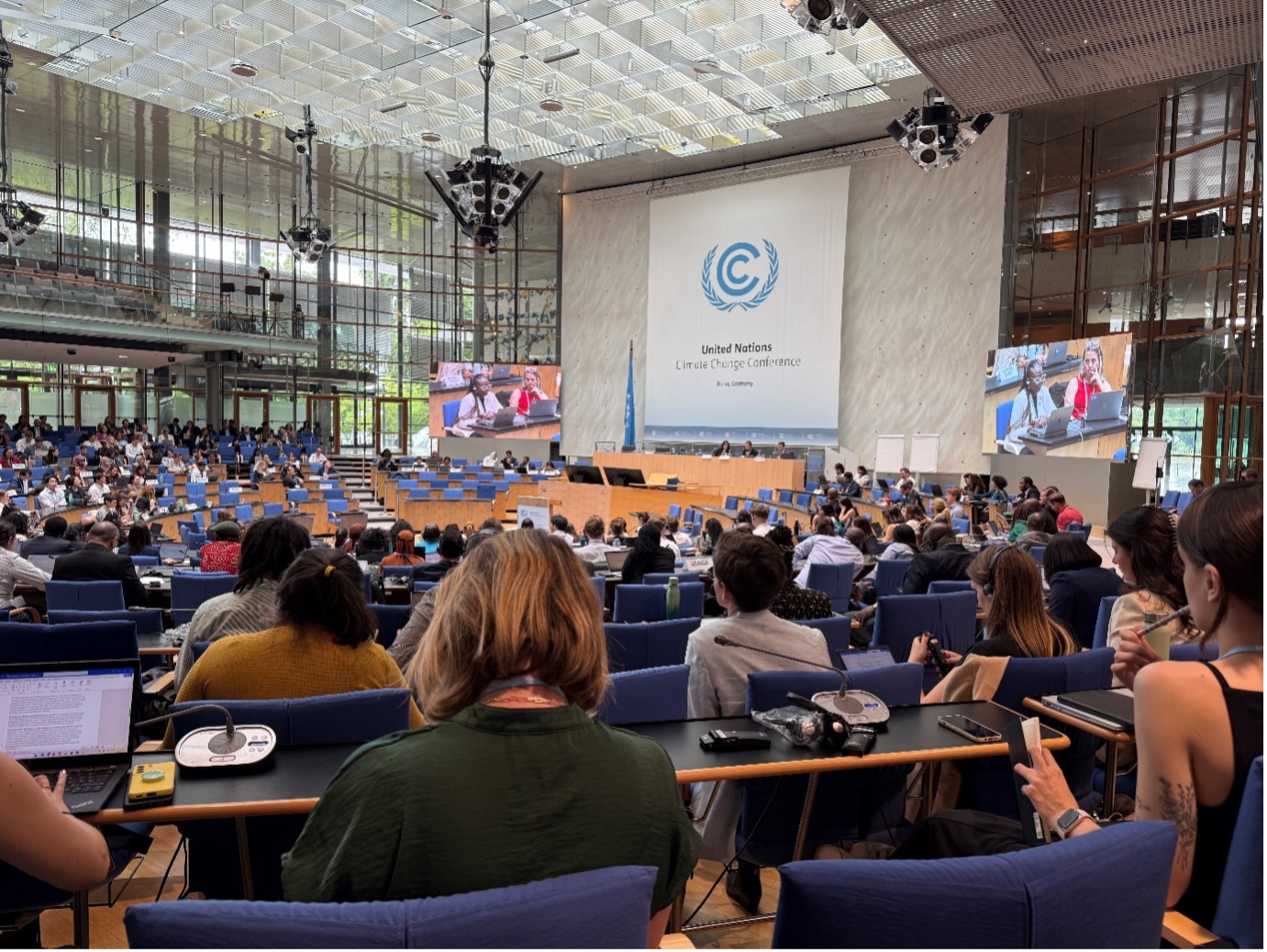News
Enhancing synergies across the climate and biodiversity agendas

Comment | Sep 2025
Momentum is growing for coordinated action across climate and biodiversity conventions
As anticipation for the 30th Conference of the Parties to the UN Framework Convention on Climate Change (UNFCCC COP30) builds, Dr Valerie Kapos, Principal Specialist, Nature-based Solutions, and Dr Shaenandhoa García Rangel, Deputy Head of Nature Economy, discuss the growing focus on synergies across two multilateral environmental conventions.
Biodiversity is deeply interlinked with food and water security, climate regulation, land degradation and human health and well-being. As illustrated by the 2024 landmark IPBES Nexus Assessment, impacts in one of these areas will inevitably affect others, and so it follows that any solutions proposed to address current crises on these issues must consider these linkages.
The UN Convention on Biological Diversity (CBD), the UN Framework Convention on Climate Change (UNFCCC) and the UN Convention on Combating Desertification (UNCCD), also known as the Rio Conventions because they arose from the 1992 Earth Summit in Rio de Janeiro, seek to tackle the most pressing environmental challenges of our times. Over the three decades since these conventions came into force, the synergies between them have been discussed a great deal, but progress towards concerted action to tackle the challenges these were set to address has proven limited.
For this reason, as delegates at the June conference in Bonn, we were heartened to see synergies between the conventions being discussed explicitly in a formal setting, with several Parties flagging links to both the CBD and other biodiversity-related agreements. Furthermore, the COP30 Presidency announced that this topic would be a key priority for the COP, taking place in Brazil, in November.
These developments represent a step change in climate conversations, but what matters now is how this ambition filters down into action at local, national and international levels. How will climate-biodiversity synergies be operationalized within national plans, implementation efforts, as well as within budgeting processes and investment frameworks?
The role of Nature-based Solutions
Nature is our ally in climate change mitigation and adaptation, but its impacts have typically been undervalued. Nature-based Solutions (NbS) are a powerful integrated approach to delivering the climate, biodiversity and development agendas, and we will be following discussions around NbS resilience at the UNFCCC COP30 with keen interest. We would like to see an expanding role for NbS in future and more ambitious iterations of Nationally Determined Contributions (countries’ commitments to help meet UNFCCC objectives), recognizing their key role in delivering on multiple objectives critical to progress on both climate change and biodiversity. They have a vital role to play in operationalizing synergies at the national level and on the ground. However, reliable, timely and sufficient finance is fundamental for scaling up NbS.
Climate finance and what it means for biodiversity
Finance will be a major topic of COP30, which is considered by many to be the ‘implementation’ COP, focusing on the actions needed to achieve the ambitions set at previous COPs. The Global Goal on Adaptation will also be a key in negotiations, with Member States expected to agree on a set of indicators to measure progress and catalyze finance, especially for those countries most vulnerable to climate change.
As we enter their third cycle of NDCs, there is growing interest in galvanizing private sector contributions towards climate finance ambitions and promoting solutions that could contribute to both climate and biodiversity goals. Identifying, financing and implementing actions that address both climate and biodiversity challenges simultaneously is now more critical than ever. Thus, exploring synergies between NDCs and national biodiversity strategies and action plans (NBSAPs) is a key area of focus for UNEP-WCMC. Our latest report, Mobilising Finance for Biodiversity Report: The Private Finance Sector, highlights key opportunities for private finance in this space.
We look forward to further discussions on these topics at COP30. We are also keen to see how the emphasis on synergies filters through to structures, strategies and actions within the private sector. We have been pleased to observe how financial instruments designed for climate change mitigation are beginning to consider biodiversity – for example, high-integrity carbon credits and blended finance – and hope to see this becoming more prevalent.
We look forward to hearing from governments, financial institutions and other stakeholders at COP30 about progress in prioritizing, financing and implementing on-the-ground solutions that help to meet both climate and biodiversity objectives.
Have a query?
Contact us
communications@unep-wcmc.org
